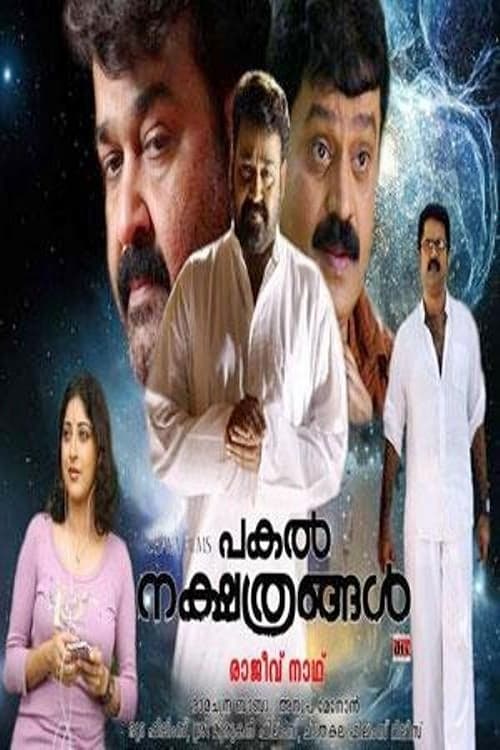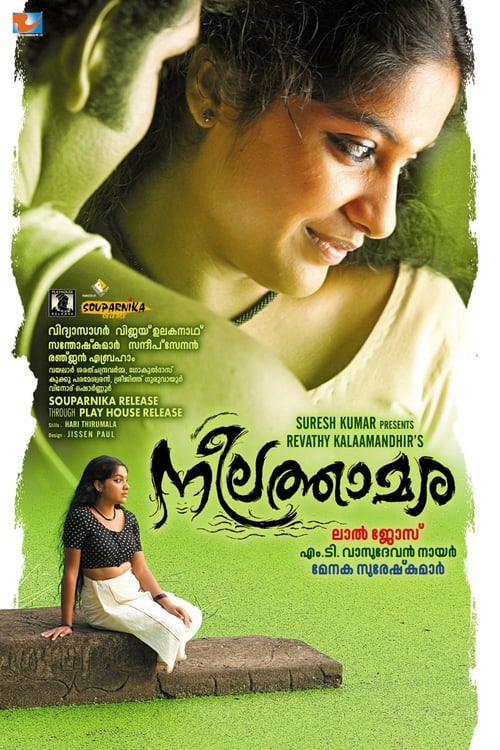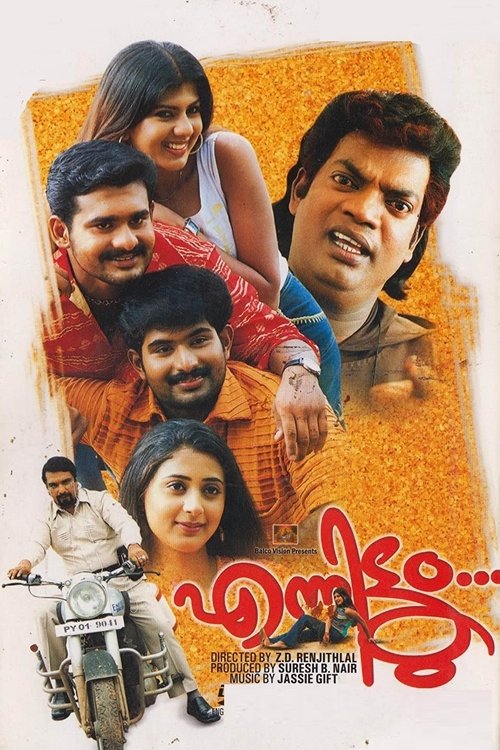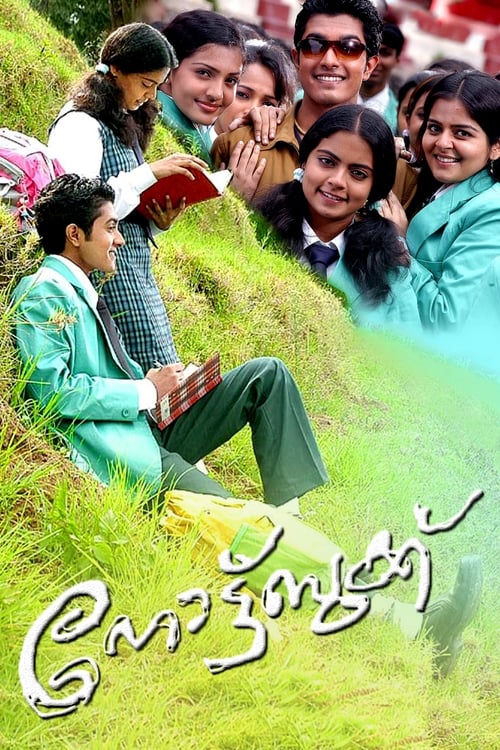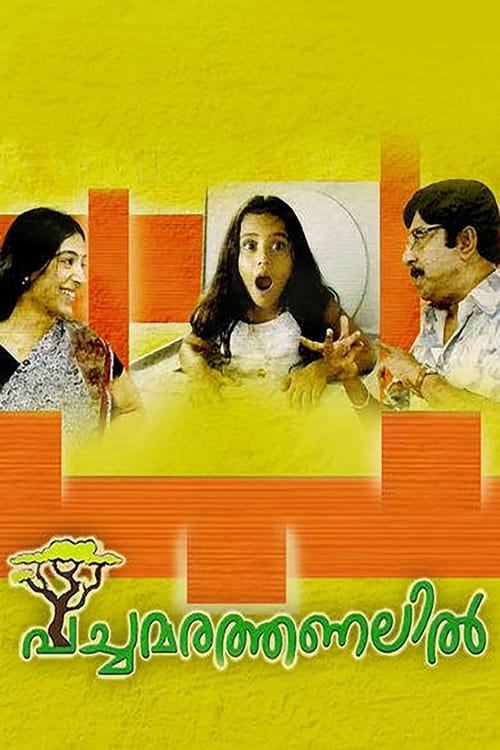
Ask Your Own Question
What is the plot?
What is the ending?
In the ending of "Pakal Nakshatrangal," the main characters face the consequences of their choices and the emotional turmoil that has built throughout the film. The story culminates in a poignant moment of realization and acceptance, leading to a bittersweet resolution for each character.
As the film progresses towards its conclusion, the narrative unfolds with a series of emotionally charged scenes.
The first scene of the ending begins with the protagonist, a young man named Sidharth, standing alone on a deserted beach at dawn. The waves crash against the shore, mirroring the turmoil within him. He reflects on the relationships he has strained and the dreams he has chased, feeling a deep sense of loss. The sun rises slowly, casting a golden hue over the water, symbolizing hope yet tinged with sadness.
In the next scene, Sidharth meets his childhood friend, Anjali, who has been a constant source of support throughout his struggles. They sit on the sand, the wind tousling their hair, and share a heartfelt conversation. Anjali expresses her feelings of disappointment and concern for Sidharth, urging him to confront the reality of his choices. Her eyes glisten with unshed tears, revealing her own emotional burden. Sidharth, feeling the weight of her words, acknowledges his mistakes and the pain he has caused those he loves.
The narrative then shifts to Sidharth's family home, where his parents are engaged in a quiet, tense discussion. His mother, visibly distressed, clutches a photograph of Sidharth as a child, reminiscing about the dreams they had for him. His father, stoic yet pained, tries to maintain a facade of strength but ultimately breaks down, revealing the depth of his concern for his son's future. This scene highlights the generational conflict and the expectations placed upon Sidharth, adding layers to his internal struggle.
As the climax approaches, Sidharth decides to confront his past mistakes head-on. He returns to the place where he first pursued his dreams, a local theater where he had once aspired to perform. The theater is now dilapidated, a reflection of his own shattered aspirations. He stands on the empty stage, the spotlight illuminating his face, and delivers a raw, emotional monologue about his journey, his failures, and his desire for redemption. This moment is cathartic, not just for him but for the audience that has followed his story.
In the final scenes, Sidharth reconciles with Anjali, acknowledging their shared history and the love that has always existed between them. They embrace, a moment filled with unspoken understanding and hope for the future. Meanwhile, Sidharth's parents watch from a distance, their expressions softening as they witness their son taking steps towards healing.
The film concludes with Sidharth walking away from the theater, hand in hand with Anjali, as the sun sets behind them. The sky is painted in hues of orange and purple, symbolizing the end of one chapter and the beginning of another. Each character has faced their demons, and while the future remains uncertain, there is a sense of peace and acceptance in their hearts.
In summary, the ending of "Pakal Nakshatrangal" encapsulates the themes of redemption, the complexity of relationships, and the journey towards self-acceptance. Sidharth, Anjali, and his parents each find a semblance of closure, setting the stage for new beginnings amidst the remnants of their past.
Is there a post-credit scene?
The movie "Pakal Nakshatrangal," produced in 2008, does not feature a post-credit scene. The film concludes its narrative without any additional scenes or content after the credits roll. The focus remains on the emotional and thematic resolution of the story, leaving the audience with the final impressions of the characters and their journeys.
What role does the setting play in the development of the characters?
The setting of 'Pakal Nakshatrangal' is integral to character development. The lush landscapes and vibrant local culture serve as a backdrop that reflects the characters' emotional states. For instance, scenes set in serene natural environments highlight Karthik's moments of introspection, while bustling urban settings amplify his feelings of alienation and pressure.
What is the significance of the character Karthik in the story?
Karthik is a pivotal character in 'Pakal Nakshatrangal,' representing the struggles of youth and the quest for identity. His journey is marked by emotional turmoil as he grapples with familial expectations and personal aspirations. Karthik's interactions with other characters reveal his internal conflicts, particularly his desire for freedom versus the responsibilities he feels towards his family.
How does the relationship between Karthik and his father evolve throughout the film?
The relationship between Karthik and his father is central to the narrative. Initially, there is a significant disconnect, with Karthik feeling misunderstood and constrained by his father's traditional values. As the story progresses, moments of vulnerability and shared experiences lead to a gradual reconciliation, showcasing the complexities of parental relationships and the impact of communication.
How does the character of Anjali influence Karthik's decisions?
Anjali serves as a catalyst for Karthik's transformation. Her free-spirited nature and unwavering support encourage him to confront his fears and pursue his dreams. Through their interactions, Karthik begins to question societal norms and his own limitations, leading to pivotal decisions that shape his path throughout the film.
What are the key conflicts that Karthik faces in the film?
Karthik faces multiple conflicts, both internal and external. Internally, he struggles with self-doubt and the pressure to conform to his father's expectations. Externally, he confronts societal norms that dictate his choices, particularly regarding career and relationships. These conflicts drive the narrative, showcasing his journey towards self-acceptance and the courage to forge his own path.
Is this family friendly?
"Pakal Nakshatrangal," produced in 2008, is a film that explores themes of love, family, and the complexities of human relationships. While it is generally suitable for a family audience, there are a few aspects that might be considered objectionable or upsetting for children or sensitive viewers:
-
Emotional Turmoil: The film delves into deep emotional struggles faced by the characters, including themes of loss and longing, which may be intense for younger viewers.
-
Family Conflicts: There are scenes depicting familial disagreements and tensions that could be distressing, particularly for children who may not fully understand the dynamics of adult relationships.
-
Romantic Elements: The film includes romantic subplots that may involve emotional complexities, which might not be appropriate for very young audiences.
-
Societal Issues: The narrative touches on societal pressures and expectations, which could be heavy themes for sensitive viewers.
-
Visual Depictions of Sadness: Certain scenes may portray sadness or despair, which could evoke strong emotional reactions.
Overall, while "Pakal Nakshatrangal" is not overtly inappropriate, its emotional depth and thematic content may require parental guidance for younger audiences.

